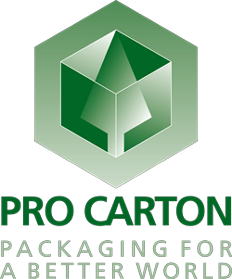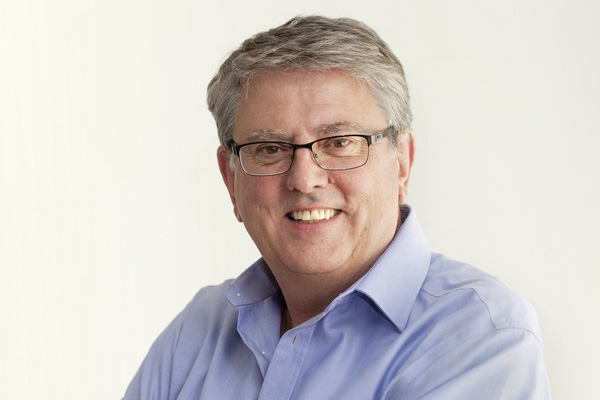From the Editor’s desk:
3 July 2017
We’re trying to make the content of the newsletter different from the information that’s already on the website and more “chatty” in style, we do hope you find it interesting as well as informative. As you will have seen, we are supplementing the newsletter with various other short communications, either a Newsflash, if it’s something we need to get out to our members quickly, or a Bulletin, if it’s a more general update.
By the time you read this the judging will have taken place for our two annual award schemes. The number of entries for the main awards was as high as ever and we’ve got schools and colleges from more countries than ever before (17!) entering the Young Designers Award. It’s great that the competition is gaining such wide appeal. One of the many advantages we have over other materials is that we are able to supply the base material (i.e. cartonboard) for the students to work with, something that the metal, glass and plastic industries cannot easily do! By the way I’d like to thank all the companies that supplied board free of charge to the students as well as Graphic Packaging and Iggesund for agreeing to invite the winning students to see their facilities at first hand.
ECMA recently ran a business seminar looking at how we can strengthen our position in the packaging market, after all we all want to increase our share of the packaging spend. The main thrust was competing against plastic and we’ve included an abridged and updated piece on how the two materials compare, which is both thought provoking and calls for us all to do more in communicating the many advantages that cartonboard has over most other materials. As Neal Whipp, the outgoing General Manager of BPIF Cartons, said at a recent ECMA National Associations' meeting – Grow the Future not the Waste.
Lars Wallentin clearly agrees. In his interview, he points out that great design doesn’t use more energy than necessary, uses as little raw material as possible and can be recycled. In other words, great design is not waste.
You will have seen that the official report from the Sustainability study, undertaken by Smithers Pira, is now available both in hard copy and also on the website. Perhaps not surprisingly, it wholeheartedly endorses the sustainability credentials of cartons. However, I was a little surprised that many respondents felt that recycling was the most important aspect in achieving sustainable packaging. Whilst recyclability is important, it is only one part of the sustainability chain and just because a pack is recyclable doesn’t mean it’s sustainable. To have truly sustainable package you need to start with a sustainable resource. Clearly we need to continue to communicate the message to brand owners, retailers, the media and politicians. And I ask for you all to help in sharing our story, as ours is the one with the happy ending.
Enjoy the summer.




